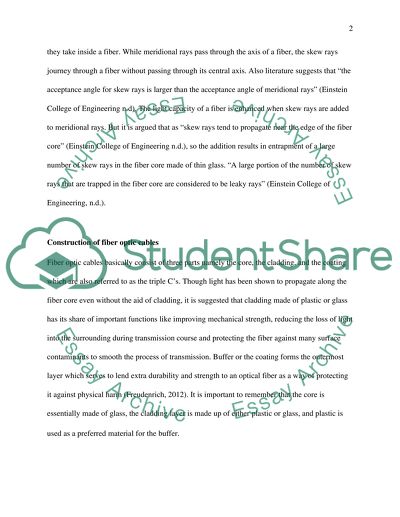Cite this document
(“Fibre Optics Essay Example | Topics and Well Written Essays - 1500 words”, n.d.)
Retrieved from https://studentshare.org/engineering-and-construction/1464563-fibre-optics
Retrieved from https://studentshare.org/engineering-and-construction/1464563-fibre-optics
(Fibre Optics Essay Example | Topics and Well Written Essays - 1500 Words)
https://studentshare.org/engineering-and-construction/1464563-fibre-optics.
https://studentshare.org/engineering-and-construction/1464563-fibre-optics.
“Fibre Optics Essay Example | Topics and Well Written Essays - 1500 Words”, n.d. https://studentshare.org/engineering-and-construction/1464563-fibre-optics.


